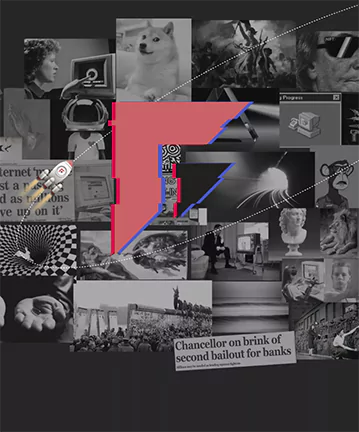
Yesterday, Lightspeed India hosted an exciting and intimate fireside chat with Dheeraj Pandey, founder & CEO of Nutanix, in Bangalore. Lightspeed partnered with Dheeraj and his team all way from pre-product through to a blockbuster IPO on NASDAQ earlier this month
We invited 25 enterprise software and B2C founders to join us to learn from Dheeraj’s experience in Silicon Valley. Dheeraj spent 1:1 time with several founders which was very gracious of him. I spotted several founders taking notes and there was a lot of excitement in getting quality time with him!
What struck me most was Dheeraj’s thoroughly well crafted and battle-tested viewpoint on how to build scaled organisations that deliver impact. Right from company inception, he focused on implementing the right processes, systems and levers to be able to scale, something many founders believe is not value-added in the early years of a company’s existence.
Driving everything was his big audacious vision which involves taking everything we have taken for granted in the data center and turning it into software in the cloud. He jumped into this “red ocean” so he could aim to displace a large existing profit pool. Not only did he take a risk by starting the company when everybody around him told him not to, he also started a family at the same time.
Dheeraj talked about his focus on removing friction from everything at the company, including removing steps from the user:machine interaction and investing early in automation with systems of record (Salesforce.com, Marketo etc) and systems of engagement (Yammer, Slack etc).
And then was his philosophy around world-class product and design. Some key takeaways:
- Building something complex is competent work. Building something simple is genius.
- Build for the 80% mainstream users, not the 20% who are power users. Think through the default use case by identifying users’ intent and why they are using the software and remove all friction, making it one-click (like Amazon’s patent). Use machine learning to anticipate and guide the user to complete his intended work. This is quite different from the power-user focus of companies like Oracle, Cisco, SAP, Microsoft and VMWare.
- Product managers can manage iterations and prioritize user requests from version 0.9 to 1.0 to 1.1. Founders, not product managers, need to take the step-level jump from version 1.2 to 2.0 or version 2.3 to 3.0, mostly based on gut.
- The biggest brands in the world – Rolex, Apple, etc – have only one thing in common: superior no-questions-asked customer service. Build superior customer service into the product from day one — better yet, make it so that customer service is not required — do this by having high reliability, high ease-of-use etc.
Most of all, Dheeraj had a ton of learned wisdom to share around being open, vulnerable and authentic with people, including himself, his management team, employees, investors and customers, essentially treating everybody like they were on the same team as opposed to constituencies to be managed in different ways.
Some specific people-focused ways of working he put in place:
- Treat employees like you would customers — apply customer-facing tactics such as engagement, retention, NPS to employees. Rather than managing by edict, introduce new processes or systems to influencers within the organization first and let them evangelize to other employees through word of mouth.
- Put engineers close to customers/sales/sales engineers so that they develop empathy for the customer. Don’t insulate them through product managers. Engineers will then understand customer needs and priorities and work that into the product.
- Use systems of engagement to flatten the discussion so the organization is moving as a learning-oriented group rather than based on orders from executives.
- Treat your first 20 customers (or whatever the right number is for your first year post general availability-GA) as god. They key is to have them repeat repeatedly. Don’t acquire them and run away.
- Be authentic- an example would be being fair in compensation so that people at equal capabilities and levels are paid relatively equally rather than based on how well they negotiated their compensation packages.
- Don’t outsource hiring in the first couple of years of the company. Only the founders can communicate the passion and vision to get people excited and committed early on.
Thanks Dheeraj for sharing so much of your journey and learnings!

Authors



